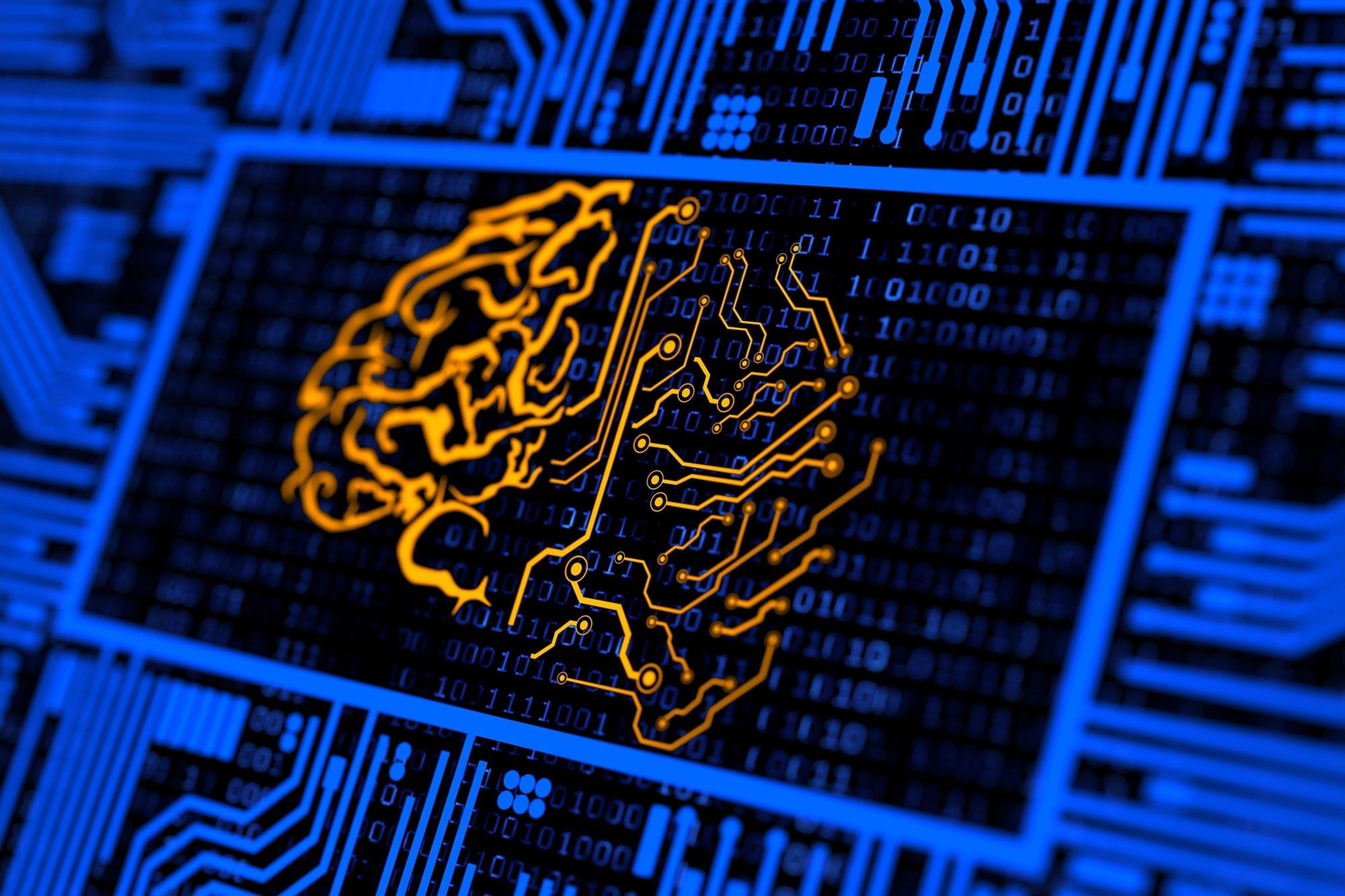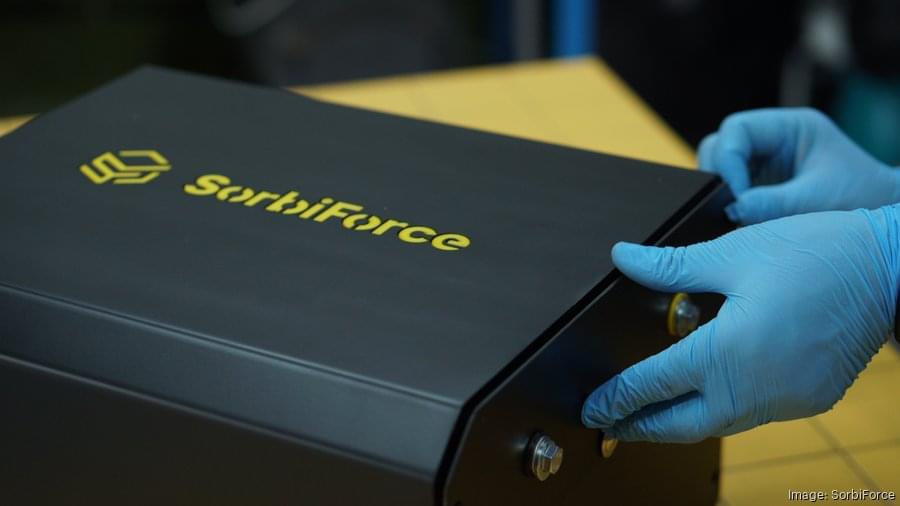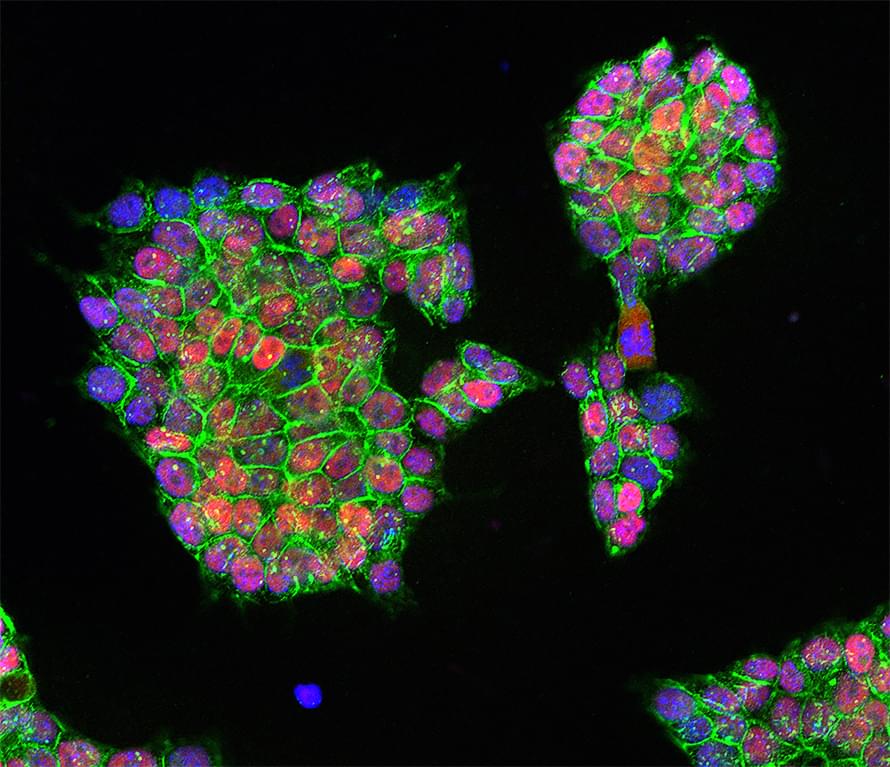Ukrainian startup SorbiForce said they’ve created the world’s first sustainable battery using four key ingredients: carbon, water, salt and agricultural waste.
“With the current way energy storage systems and batteries are designed, they have really big sustainability implications for the planet,” Kevin Drolet, SorbiForce’s CMO, told pv magazine USA. He explained that material scientist Serhii Kaminskyi, SorbiForce’s CEO and co-founder, had long been bothered by those environmental ramifications.
Kaminskyi pulled together a team of experts in the late 2010s to work on solving the problem. This ultimately landed them a spot in the University of Arizona Center for Innovation startup incubator following the start of the Russia-Ukraine war through the U.S. Department of State’s Global Innovation through Science and Technology initiative.
SorbiForce, a Ukrainian energy storage company now in Arizona, has developed metal-free organic batteries made entirely from agricultural waste.







